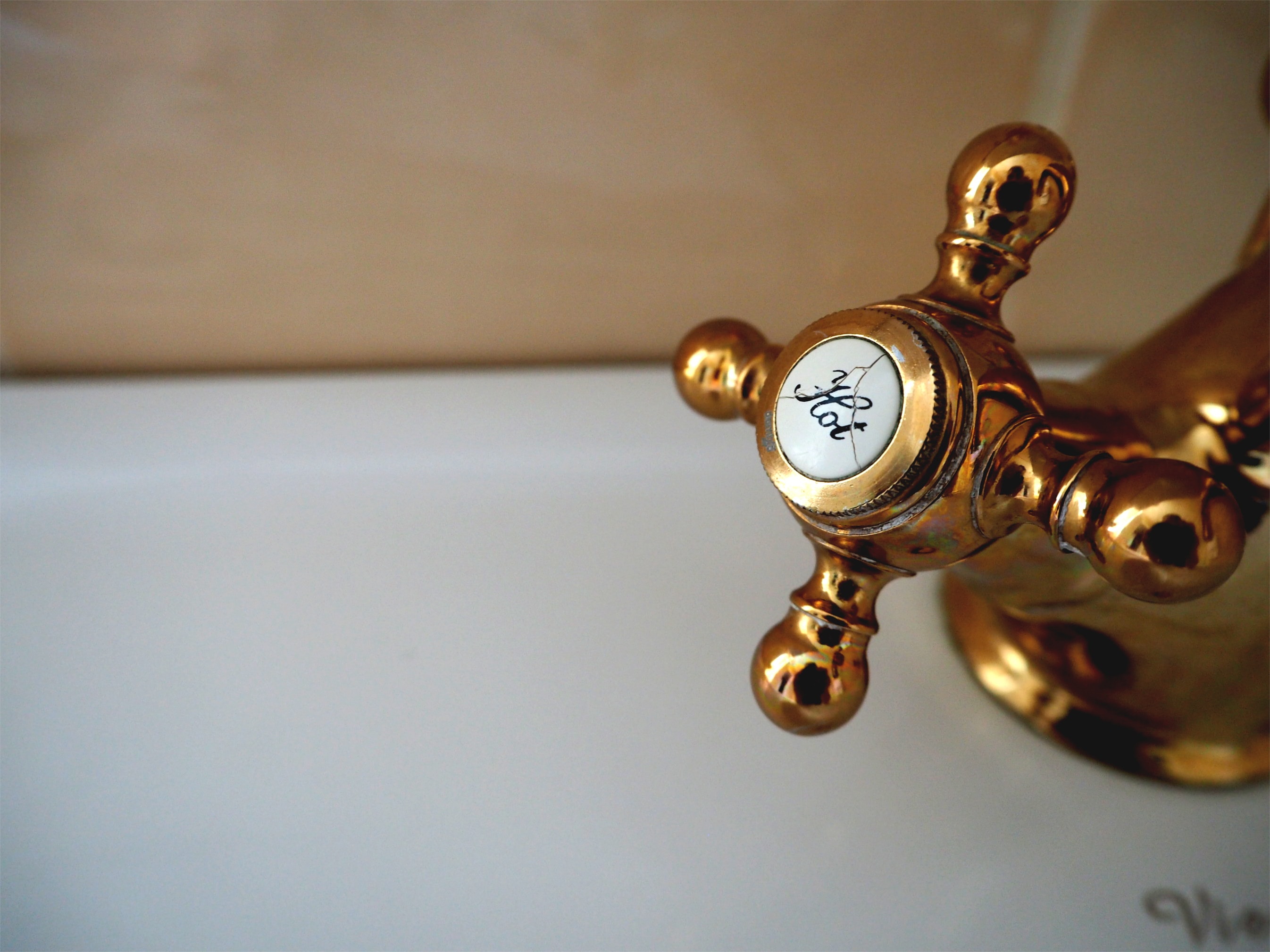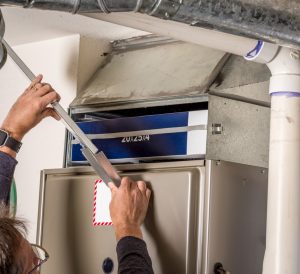Water leaks might seem like a minor issue at first, but the problem could build up to become a catastrophe. Therefore, it’s important to keep an eye on potential water leaks and get informed about how we could fix them before they turn into our nightmare and you need to remodel the whole bathroom.
Tub and shower: Splash leak
Splash leaks might seem minor at first glance. They are thought to be the most common water leak in the bathroom. However, they can cause some serious damage. This can lead to your plywood sub floor rotting which requires an expensive replacement. To detect splash leaks around your tub or shower the first signs you need to look for are loose tiles next to the tub and peeling paint or chalky-looking wood finish near the shower. Also, if you notice some water stains, there is a chance you have a problem with water leaks. If you have a shower door, try to splash some water all around the door and frame. Check if there are any gaps between the frame and rubber gaskets.
There are several ways you can fix this problem. Firstly, try overlapping the sliding doors correctly so that the inner door is closest to the faucet. You could also try to seal a leaking frame with a bead of tub or caulk. It can be easily replaced with the new one every once in a while. On the other hand, if you have a shower curtain instead, close it completely when you shower to prevent leaking. Or for extra protection, you could also add a splash guard. This will not only help with the leaks but will save you the trouble of cleaning the bathroom.
Tub and shower: Drain leak
Drain leaks are very common with fiberglass and plastic tubs and showers. These materials are flexible and when you stand on them the seal around the drain slightly bends. That is how water sneaks around the outside of the drain. Drain leaks can cause a series of different problems. From smaller ones such as water stain to the much bigger ones. For instance, if the tub is set on the concrete slab, the leak will most likely ruin the whole flooring both in the bathroom and adjoining rooms. Some of the signs of drain leaks are water stains on the ceiling and loose flooring near the tub.
You can easily detect the source of this problem. One way is to partially fill the tub and release the water, in case you can see the underside of the drain. Then, plug the drain with a rag before releasing the water again. Look out for drains and taps for leaks below. However, if you can’t see the underside of the drain, plug it and then add a small amount of water around it. The next thing you want to do is mark the edge of the puddle. For example, you can set a bottle of shampoo right next to it. It may take about an hour before you start seeing some signs. If the puddle starts shrinking, that means the drain is leaking.
To fix this problem, you need to unscrew the drain flange from above. Clean the flange and apply silicone caulk. Buy a new matching rubber gasket for space under the tub’s drain hole. Once you slip the new gasket into its place, screw back in the drain flange. On the other hand, if you happen to have access to the shower drain from below, you need to tighten the ring nut first. It locks the drain to the shower pan. In case that doesn’t work, you need to replace the drain assembly.
Under-sink plumbing: Supply leaks
These types of leaks can be very tricky since they usually go unnoticed for a long time. They tend to be happening at the back of the cabinet. What happens is that water runs down the pipes and into the floor or even subfloor. As a result, the sink base starts to rot and so do the floor and the framing. If you find puddles or water stains on under sink plumbing and inside the bathroom vanity, that probably means you have supply leaks. Also, look out for water stains on the ceiling below the bathroom. To find the source of this leak, you need to dab shutoffs and connections with a dry paper towel and keep an eye on wet spots.
You can try to fix it yourself by tightening the packing nut if the valve stem is dripping. And if the leak isn’t stopping, try replacing the valve. If the leaks are happening at the shutoff valve or at the faucet, you need to tighten the compression nut first. This part could get a little tricky and complicated, so if you want to make sure that it’s done properly, you can always call upon professionals such as Canberra Plumbing and ask for their services and advice.
Toilet flange leaks
Lastly, toilet flange leaks also have some obvious signs such as water seeping around the base of the toilet, loose flooring and water stains on the ceiling. Also, if a toilet slightly rocks when you push against it, it means that the wax seal is not that stable and can cause leaks. Make sure that the leaks are really coming from the toilet by seeing where they are placed on the ceiling. Look for sources like cracks in the flange. See if the bolts on the slots are broken too. To fix these problems you can install a new plastic flange riser if the flange is low. In case it is broken, install a metal repair flange. And if the toilet is rocking, try slipping the toilet shims under the toilet.
Conclusion
In conclusion, it is actually very easy to detect the water leaks in your bathroom and fix them. There is no need for bathroom renovation. You just need to look carefully for some of the obvious signs and detect the source. The rest of it comes down to following the simple instructions on how to fix the problem.



